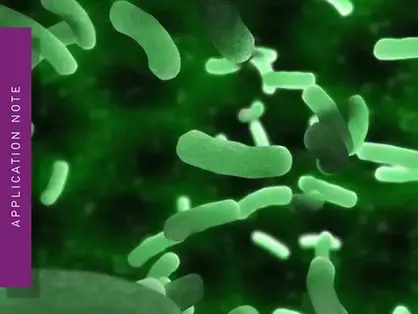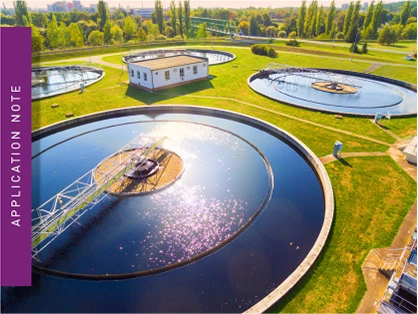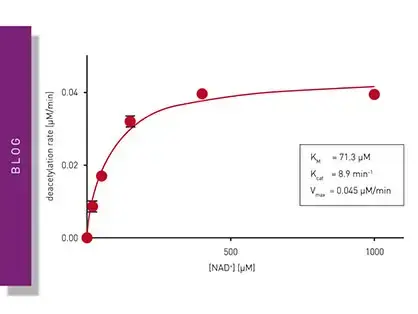Human activity increasingly impacts health and the environment
Environmental sciences deal with the study of the environment and solutions for environmental problems. This comprises, among other things, the investigation of soil and water samples which can be performed using microplate readers.
Nowadays, residues of human pharmaceuticals, microplastic and other hazardous substances can be found in a rising number of organisms and ecological samples. The accumulation of such contaminants comes with severe risks for both human health and the environment and should thus be kept as low as possible. Pollutions can be for example quantified by the detection of residual β-blockers in wastewater or the detection of endotoxins.
But human influence isn´t limited to environmental pollution. With the rise of antibiotic resistance and climate change, the research field of environmental microbiology must deal with increasing changes in the earth´s microbiome. These are often the consequence of overfertilisation, the cultivation of monocultures and overuse of antibiotics in agriculture. Novel approaches have to be identified to combat antibiotic resistances. The application note: Screening for novel antibiotics in venom against Staphylococcus aureus, highlights a screening approach to identify hits of antimicrobial activity in venom fractions.
The measurement of microbial growth enables the analysis and characterisation of microbiome samples and the screening for new antibiotic alternatives. Here, the introduction of microplate-based testing provides the high throughput needed for these approaches. Miniaturisation and automation compatibility coupled with integrated incubation options make BMG LABTECH microplate readers ideal measurement platforms for this purpose.
Beyond that, metabolic testing of biological samples allows the identifaction and study of ecologically relevant organisms. As many different bacteria strains and algae species are involved in the global carbon cycle and biosphere maintenance, understanding the underlying mechanisms and their role could prove vital to address environmental problems.













